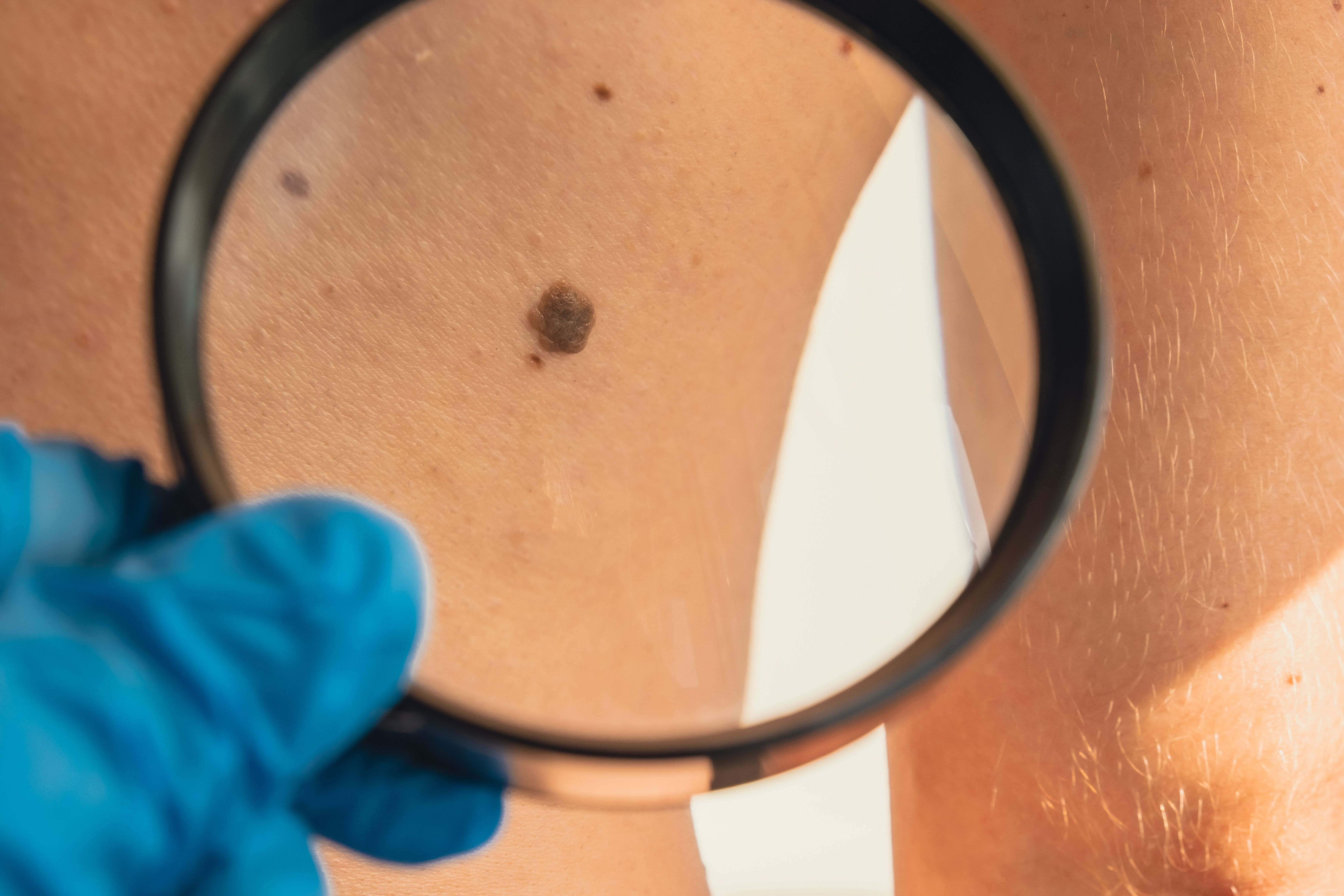News
Video
Dr Ryan Haumschild Discusses Treatment Challenges for Patients With Rare Diseases and Their Pharmacists
Author(s):
Ryan Haumschild, PharmD, MS, MBA, director of pharmacy at Emory Winship Cancer Institute, discusses treatment options available to patients with rare diseases, as well as the challenges these patients and their pharmacists face in accessing these treatments.
Patients with rare diseases have unique needs, including specialized and more costly therapies due to its smaller population, says Ryan Haumschild, PharmD, MS, MBA, director of pharmacy, Emory Winship Cancer Institute.
Transcript
What are some unique challenges that patients with rare diseases and their pharmacists face in accessing quality and affordable health care?
Rare diseases are exactly what they are: they're rare and they really don't impact the entire population. But those that do have rare diseases have unique needs. These needs come from more specialized pharmaceutical treatments, more specialized providers, and a lot of times, more costly therapy, because the medications are only indicated for a small segment of the population.
I believe some of the challenges that patients have is how do they access the right specialist, someone that is credentialed or privileged to oversee their treatment to prescribe certain therapies that managed care will approve? At that same regard, a lot of these patients might have some social determinants of health. Whether it's transportation vulnerability or financial toxicity, gaining access to these lifesaving or life-modifying therapies can often be difficult.
And so, pharmacists are constantly working with these patients. How do we make sure that we're advocating for the right therapy? How do we make sure that they're staying on the appropriate guideline-based care? But then at that same regard, how do we make sure they're afforded the medications and they continue to be adherent to their medication or their different treatments, and therefore have really positive health outcomes? And I think that's where pharmacists are uniquely positioned to work very closely with the provider team and the payer group to make sure everyone's educated on the unique needs of the patient. If there's any off-label therapy, that they're providing them literature or clinical trial data to support the use of the medication.
And lastly, maximize patient assistance programs and maximize some of the grant foundations to make sure that patients are able to get medication at an affordable price so that they can stay consistent in terms of overall treatment.
How do patient outcomes and quality of life factor into the determination of value for treatments in the context of rare diseases?
More and more as we think about rare diseases, we're also trying to think about value. And payers know this. When you look at a per member per million plan, sometimes with rare diseases, those patients are going to make up the majority. And it might be really difficult. Some plans may only have 5 or 10 patients actually meet the need of that specific indication of that rare disease. But we've got to be thoughtful still, that even though there might be a smaller per member per million expense, we've got to be thinking about value. Payers want to see value for the therapies that they're covering and so are the employer groups.
As we evaluate different treatments, we've really got to look at patient outcomes. What is going to be the overall benefit of this patient? What's the efficacy? What's the safety? Is it going to cause an increased total cost of care? Is it not? Are there alternative standard of care therapies that we can evaluate for these patients?
And once we've evaluated patient outcomes, we then have to look at quality of life. Quality of life is so important, especially with patients with rare diseases. We see this within the patient advocacy organizations, that patients that are living with rare diseases often are trying to be normal members of society; meaning they have normal jobs, they might be parents, they might be spouses, they might be highly valued in their expertise with whatever area they're involved in. So, we got to make sure that they still have that satisfaction, that they can still be productive, that they can still give back to society of themselves.
Many times, when we're evaluating treatments, we've got to look at efficacy, but we also have to look at quality of life, because for rare disease, you might see only a slight improvement over placebo or standard of care. And so, when we're evaluating these therapies, we might traditionally ask why would we even want to adopt a therapy or cover that on a managed care plan? But if it's able to improve the quality of life of a patient or reduce a side effect, that can very much be altering someone's course of life and activities of daily living that they can provide, I think that's where the value comes in.
We need to evaluate and really make sure that we're designing clinical trials to highlight those differences, and at the end of the day, make sure we're communicating that value to the payer, to the patient, and also to the manufacturer so that we can get these patients the right therapies they need, but also make sure they get covered in an affordable manner.





